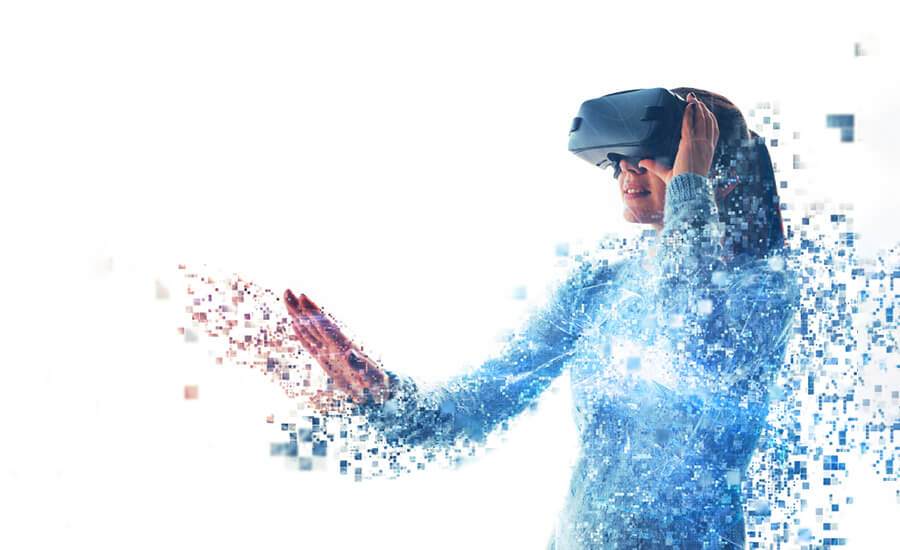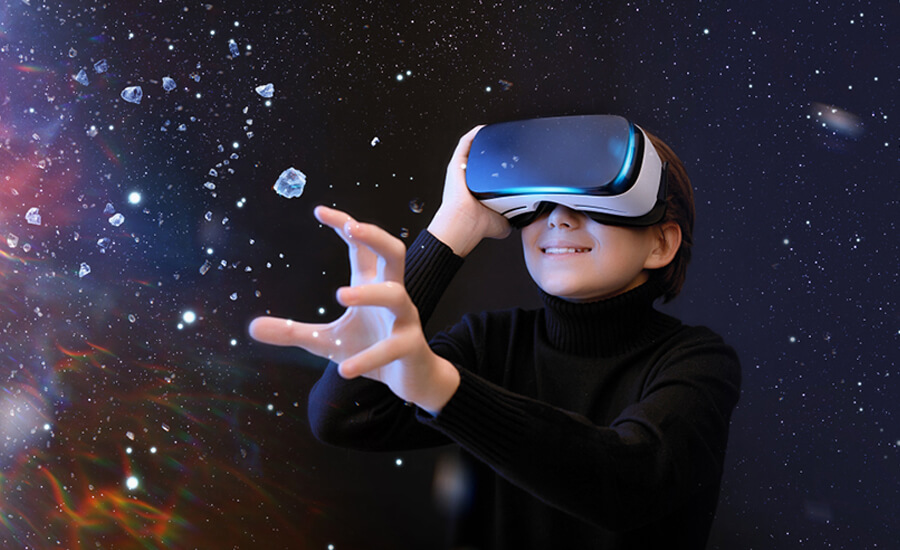AR and VR, despite often being grouped together, offer fundamentally different experiences. AR superimposes digital content onto our real-world environment, whereas VR transports us into a completely immersive, virtual environment. Both technologies, however, hinge upon how they interact with our senses and perceptions to create convincing experiences.
In an era where reality can be augmented or entirely virtual, it is evident that we are living amidst a digital revolution. Augmented Reality (AR) and Virtual Reality (VR) have taken the world by storm, redefining various sectors including gaming, education, healthcare, and entertainment. However, the true magic lies not just in the experiences they offer, but the technology that powers these experiences. This article aims to demystify the technology behind AR and VR, with an emphasis on how they interact with human perception and behavior.
AR and VR: Breaking Down the Basics
The Magic of AR
AR operates on the premise of enhancing our reality by adding digital elements. These digital overlays are achieved through technologies such as computer vision and object recognition. Smartphones or AR glasses use cameras and sensors to map and understand the surrounding environment. Then, the AR software superimposes 3D models or animations onto the real-world view, anchored in the user’s environment.
The digital objects adjust their position and scale in real-time, reacting to the user’s movement, which creates a dynamic and interactive experience. Through this interplay between digital and real, AR technology creates an experience that is a harmonious blend of both worlds, an aspect that makes it particularly engaging and intuitive for human users.
The Enchantment of VR
VR offers a fully immersive experience, and the technology behind it focuses on simulating a realistic environment that engages our senses. VR headsets are equipped with stereoscopic displays that create a sense of depth, mimicking the way human eyes perceive the real world.
In addition to visual immersion, many VR systems use positional tracking, motion controllers, and haptic feedback to enhance the immersive experience. Positional tracking monitors the user’s movement in space, motion controllers enable interaction with the virtual environment, and haptic feedback provides tactile responses, such as vibrations, to simulate touch. These features collectively trick the brain into accepting the virtual world as reality, emphasizing the critical role of human perception in VR experiences.
The Human Connection
The power of AR and VR lies in their ability to create compelling experiences that are deeply intertwined with human cognition and perception. The developers and designers behind these technologies consider human behavior and psychology to ensure the experiences are natural, engaging, and meaningful.
For instance, AR applications often aim to be intuitive, considering how humans naturally interact with their environment. Similarly, VR designers pay attention to the limitations of human perception, such as motion sickness, to ensure a comfortable and immersive experience.
In conclusion, AR and VR are undoubtedly transformative technologies, offering experiences that were once the stuff of science fiction. However, the true marvel of these technologies is the complex interplay between advanced digital computation and human perception. By understanding the technology behind AR and VR, we gain a greater appreciation for these experiences and a clearer vision of their potential applications in the future.
As we continue to harness and improve AR and VR technologies, the focus should remain on the human element. It’s not just about creating visually stunning or highly interactive experiences, but also about how these technologies can benefit us, enrich our lives, and bring us closer to one another. After all, the most magical experiences are those that connect us as humans and enhance our understanding of the world around us.



